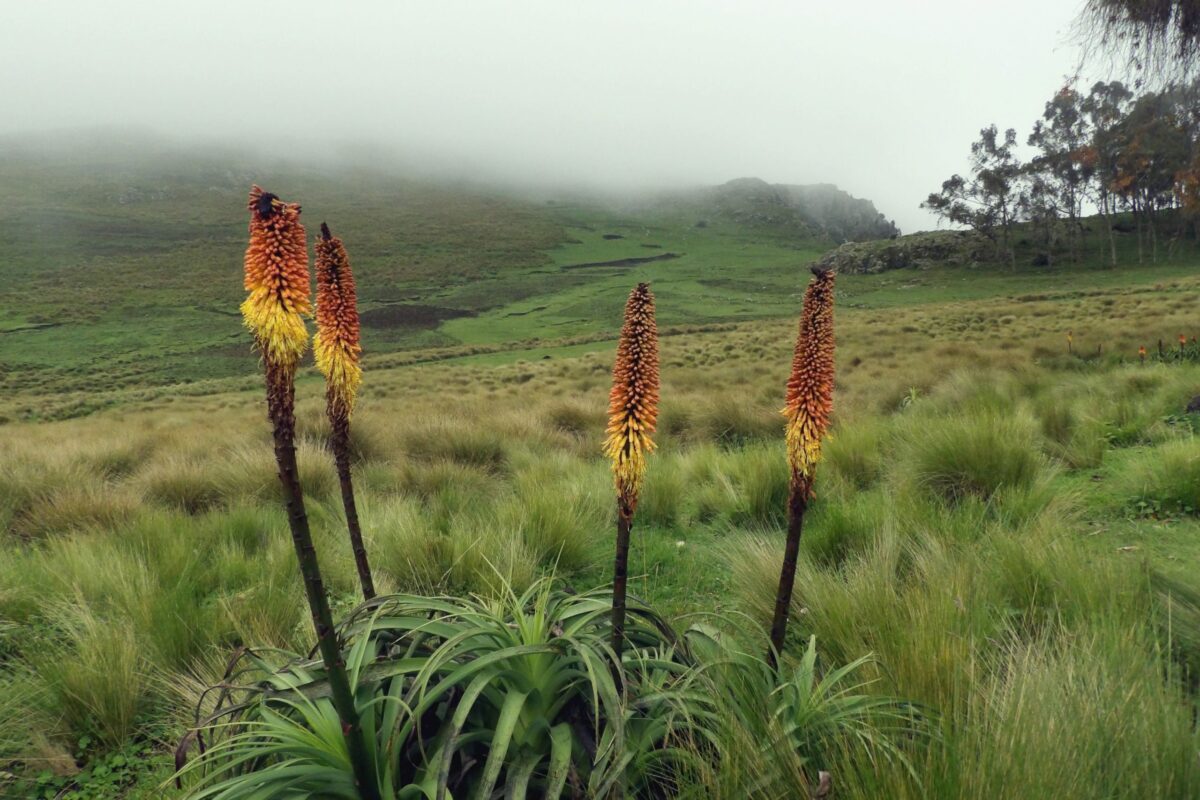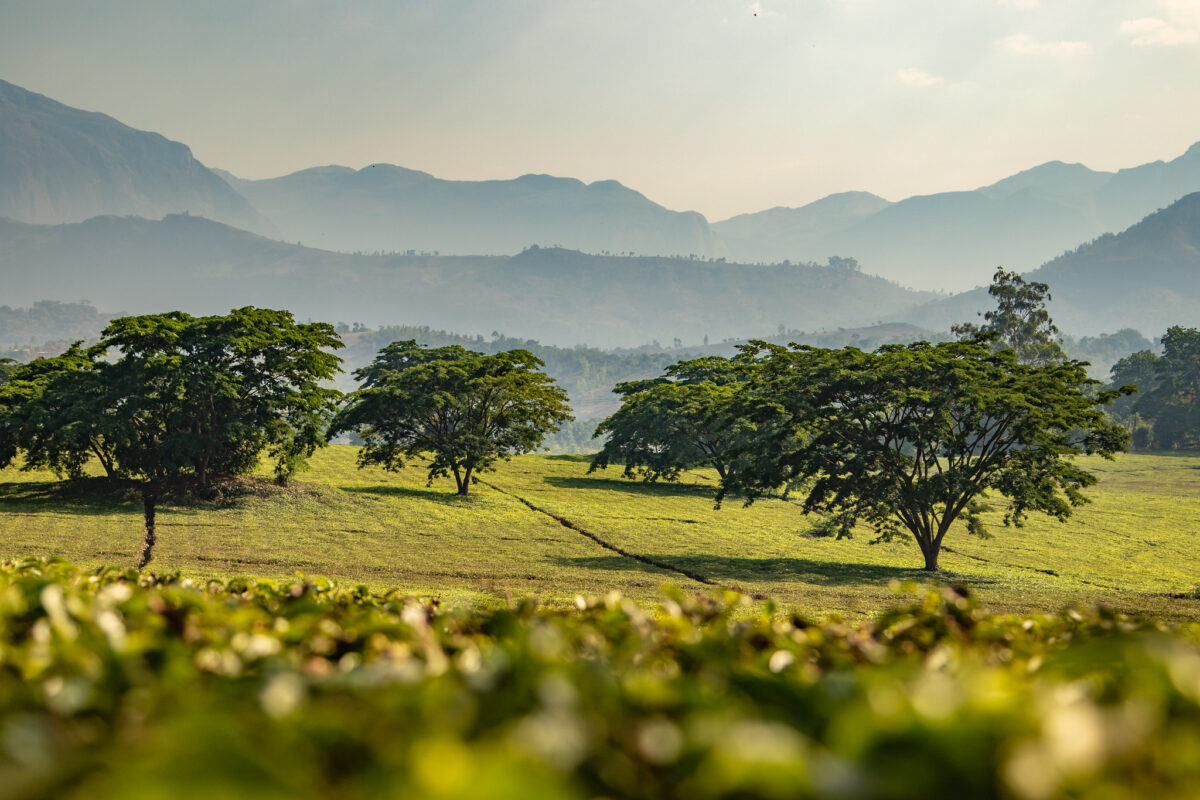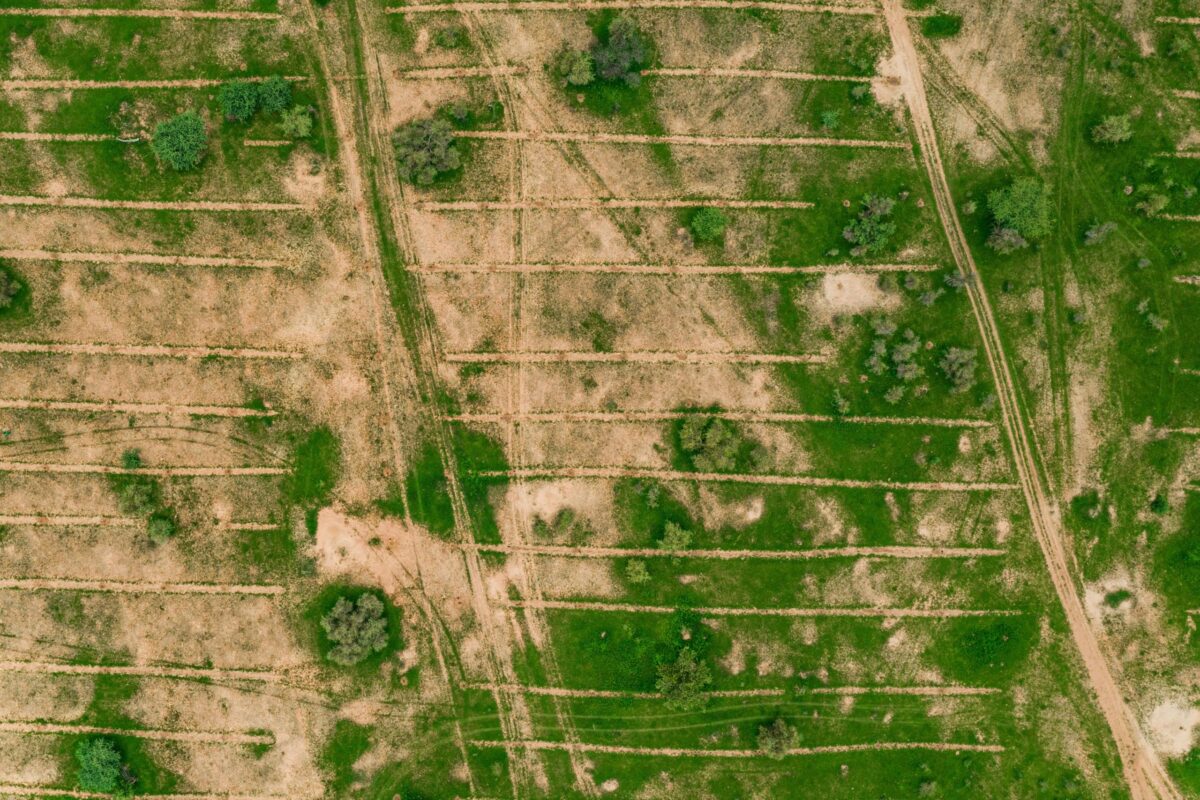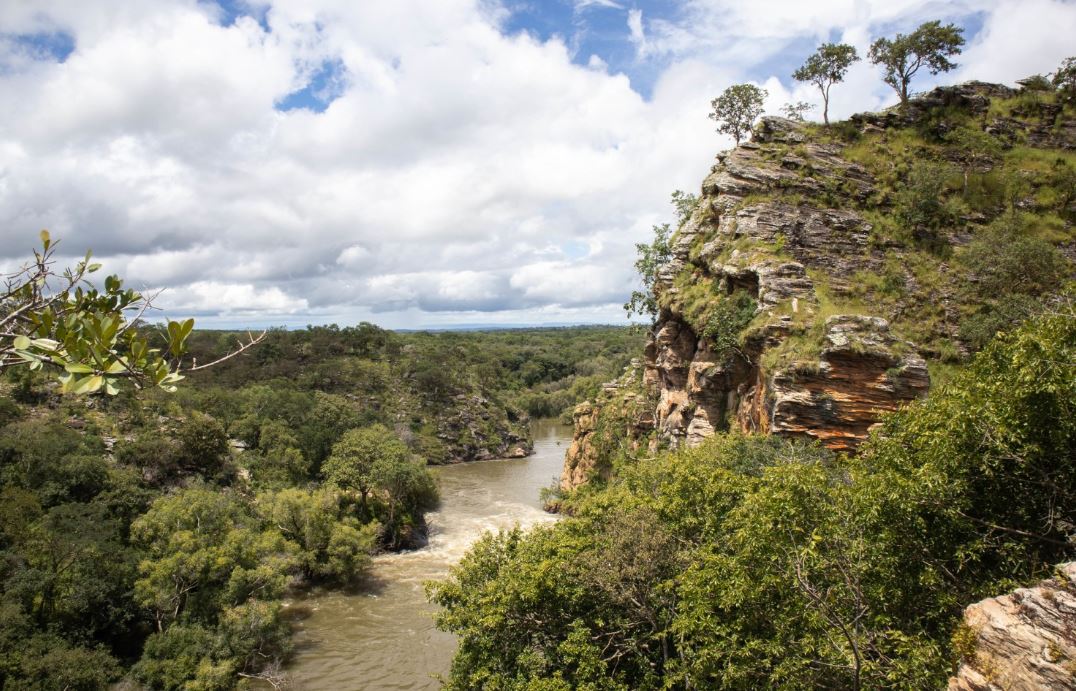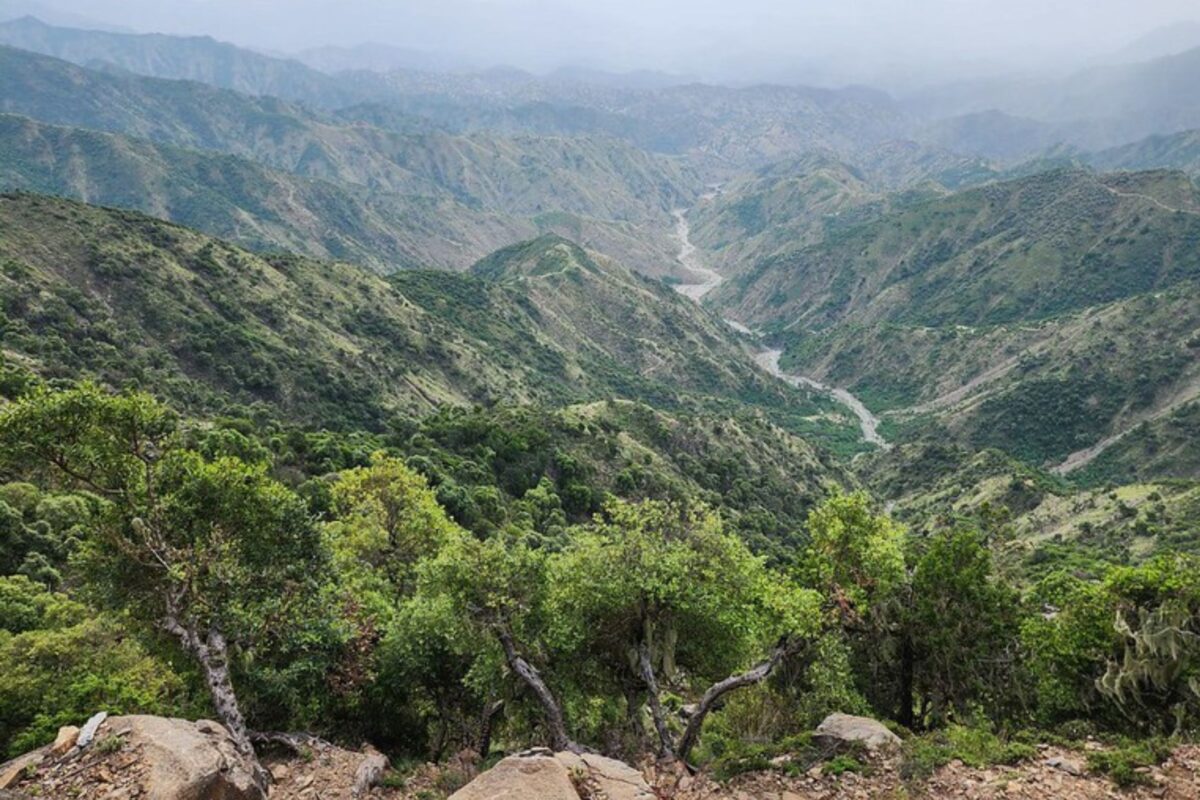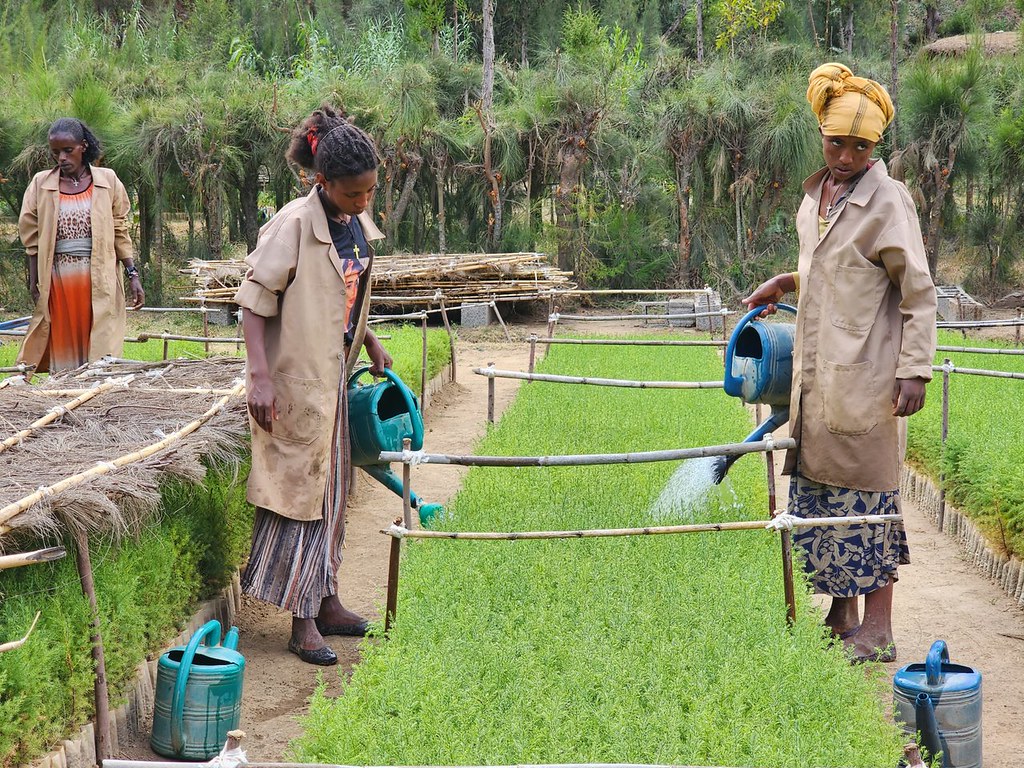When starting a new Forest Landscape Restoration project totally from scratch, it might sometimes take up to a year before we start planting and protecting the first trees.
That’s a very long time you might think, but WeForest believes that high quality Forest Landscape Restoration (FLR) projects need to move across the landscape at a speed where we can take the time for excellent planning and logistics, and most importantly, that involve the local community at all stages of the process.
It is this that makes our projects so successful, and we always work to deliver our promise that the trees we plant and protect will still be there in 30 years.
For example, in our Khasi Hills Forestry project in Meghalaya we are expanding our activities into new areas. This means we need to build new partnerships with communities, help them identify areas of degraded forest for regeneration, and put in place the supply chain which will help our community partners grow their skills and start the forest regeneration journey.
It’s really important that we have Home Based Nurseries (HBNs) that produce high quality seedlings and we’ve been investing in training for three groups from the Ri Bhoi extension areas. Experience has taught that the quality of the tree seedlings is very high when the HBN owners receive training and mentoring from an expert.
But we also engage the local community members in different ways such as through:
-
Building trust with local communities so that they are fully engaged with the project and offer land for social fencing and forest regeneration.
-
In that same way, we find and engage key people in each community who will take on the roles of community facilitation, mobilizing volunteers to plant and tend tree seedlings, and take on the skilled job of establishing tree nurseries and producing good quality tree seedlings.
-
Finally, we help the volunteers from each community to develop the skills that will boost the regeneration of their forests and set the path for sustainable management and community benefit.
This way, our projects are like our trees: by building a strong set of widespread roots for strong trees to grow, they can withstand any storm and grow to be hundreds of years old.


